No products in the cart.
The Story of African Rug Weaving: A Millennia-Old Tradition Woven into Every Home.
1.An ancient art with multiple roots
Carpet weaving is an ancestral art practiced in several regions of Africa, each with rich and diverse traditions. While Moroccan rugs are the most internationally known, other parts of the continent, such as West Africa (Mali, Burkina Faso, Niger) and Central Africa (Cameroon, Democratic Republic of Congo), also boast fascinating textile cultures.
Each African rug is a living trace of collective memory, a utilitarian object that has become a symbol of belonging, heritage, and beauty.
2.Moroccan rugs: between mountains, desert, and symbolic colors
Morocco is renowned for its Berber rugs, woven mainly in the Atlas regions (Beni Ouarain, Azilal, Aït Bou Ichaouen…). Handmade by Berber women, these rugs feature geometric patterns, natural colors, and often tell the personal story of their maker.
They were traditionally used for:
- Insulating cold mountain floors
- Serving as bedding
- Decorating walls during celebrations or weddings
Each symbol carries a meaning: fertility, protection, spirituality, life cycles… Weaving thus becomes a langue secrètetradition passed down from mother to daughter.
3.Weaving in Sub-Saharan Africa: local materials and techniques
In countries like Burkina Faso, Mali, and Ghana, ancient weaving techniques are also found sometimes adapted for rugs, sometimes used to create traditional fabrics such as bogolan or kente cloth.
African rugs can be made from:
- wool, dans les zones élevées ou désertiques
- cotton, often hand-spun and hand-dyed.
- plant fibers (raffia, palm, sisal), found in more tropical areas.
Techniques vary according to the region:
- weaving on horizontal or vertical looms
- knotting, twisting, braiding
- natural dyeing using roots, leaves, and minerals
Rugs can be used on the floor, hung as wall art, or transformed into cushions, tote bags, or decorative items.
4. Expertise dedicated to preserving memory
The rug is often a storytelling medium. It can represent:
- everyday life scenes (cooking, farming, weddings)
- spiritual or cosmic symbols
- tribal or ethnic codes
In many African societies, giving a rug is a gesture of friendship, respect, or blessing. It is also an inheritance, a possession passed down during weddings, births, or important ceremonies.
At Artisan’All, We value these pieces as functional works of art, handmade, durable, and full of meaning.
5. Ethical Craftsmanship and Cultural Transmission
Artisan'All Works with weavers and cooperatives who preserve this knowledge within a fair and respectful framework. Each rug is:
- Handmade, without industrial machinery.
- Made from natural fibers and eco-friendly dyes.
- Purchased at a fair price.
This support enables women, in particular, to earn a dignified living from their work, keep their traditions alive, and share their culture with the world.

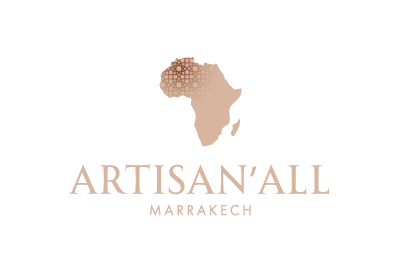
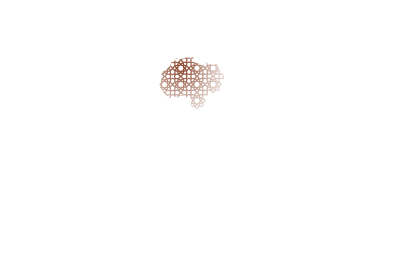
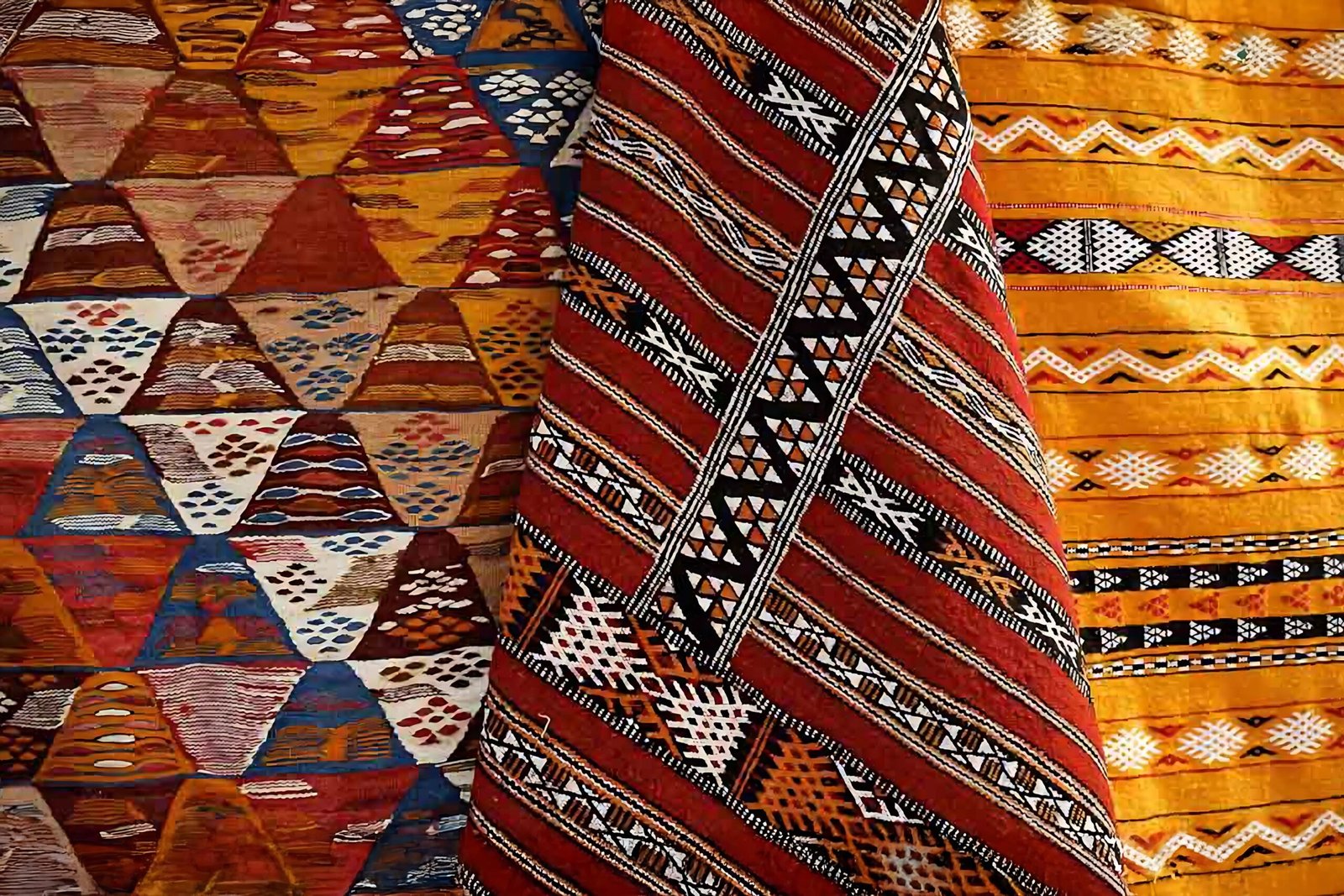
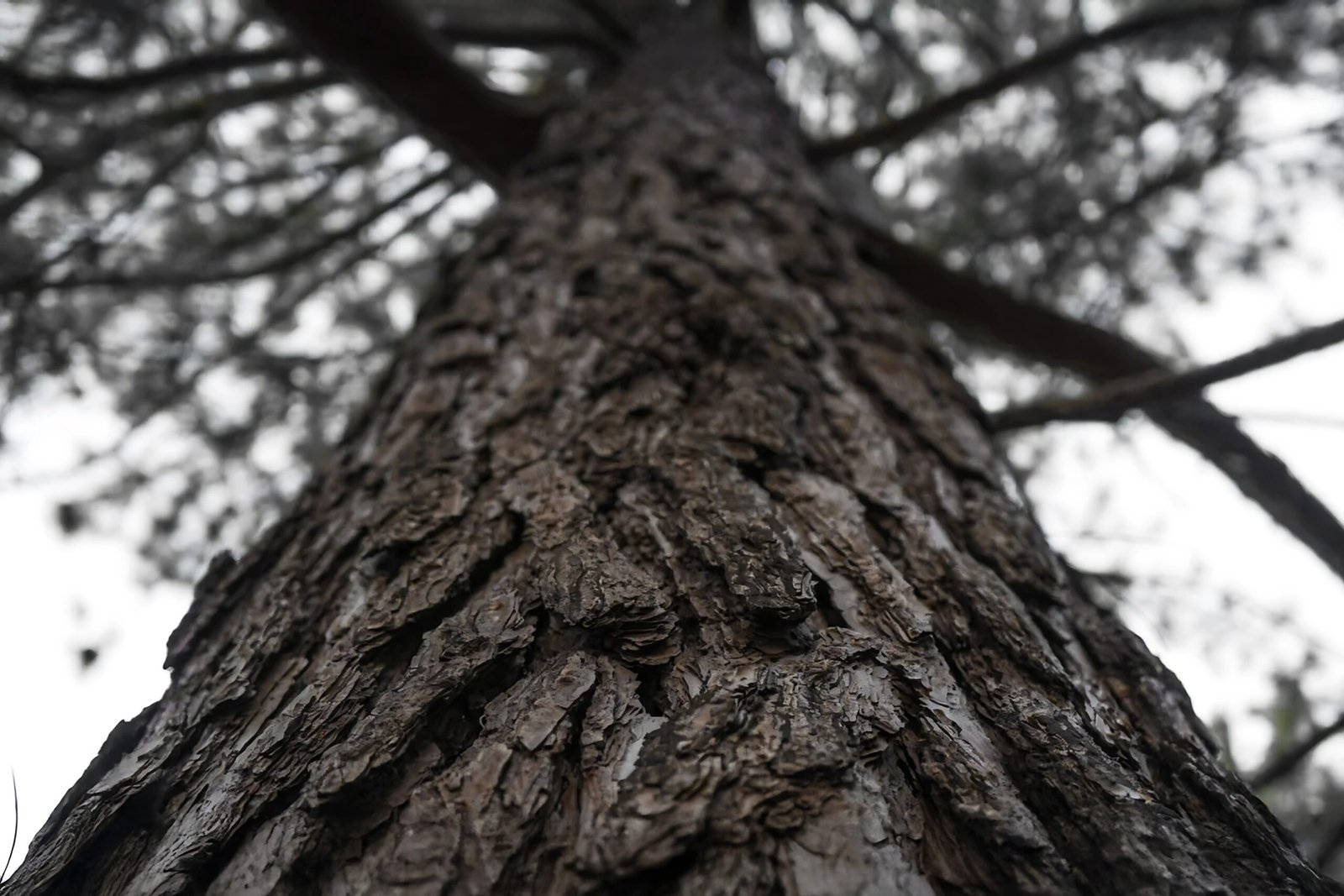
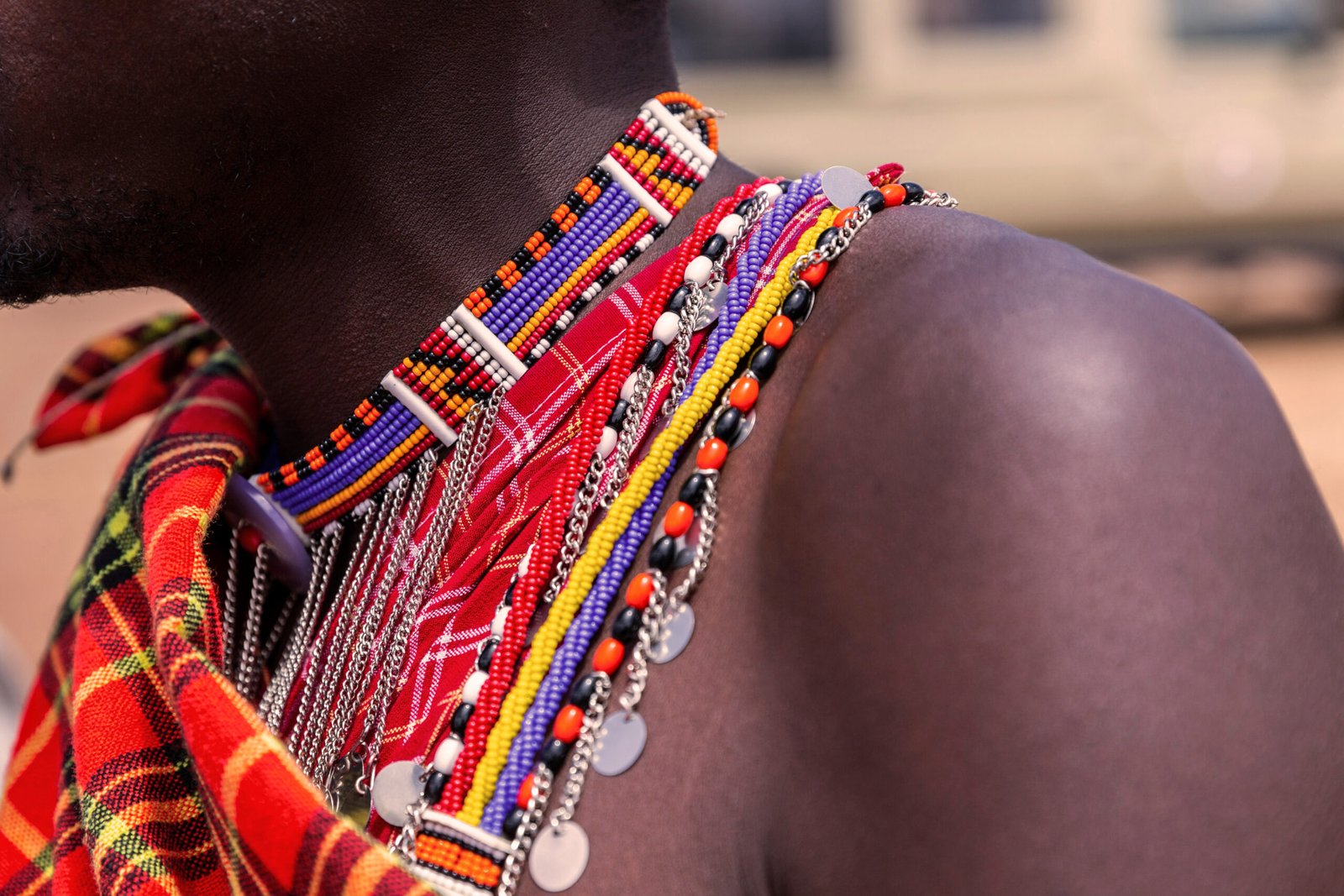
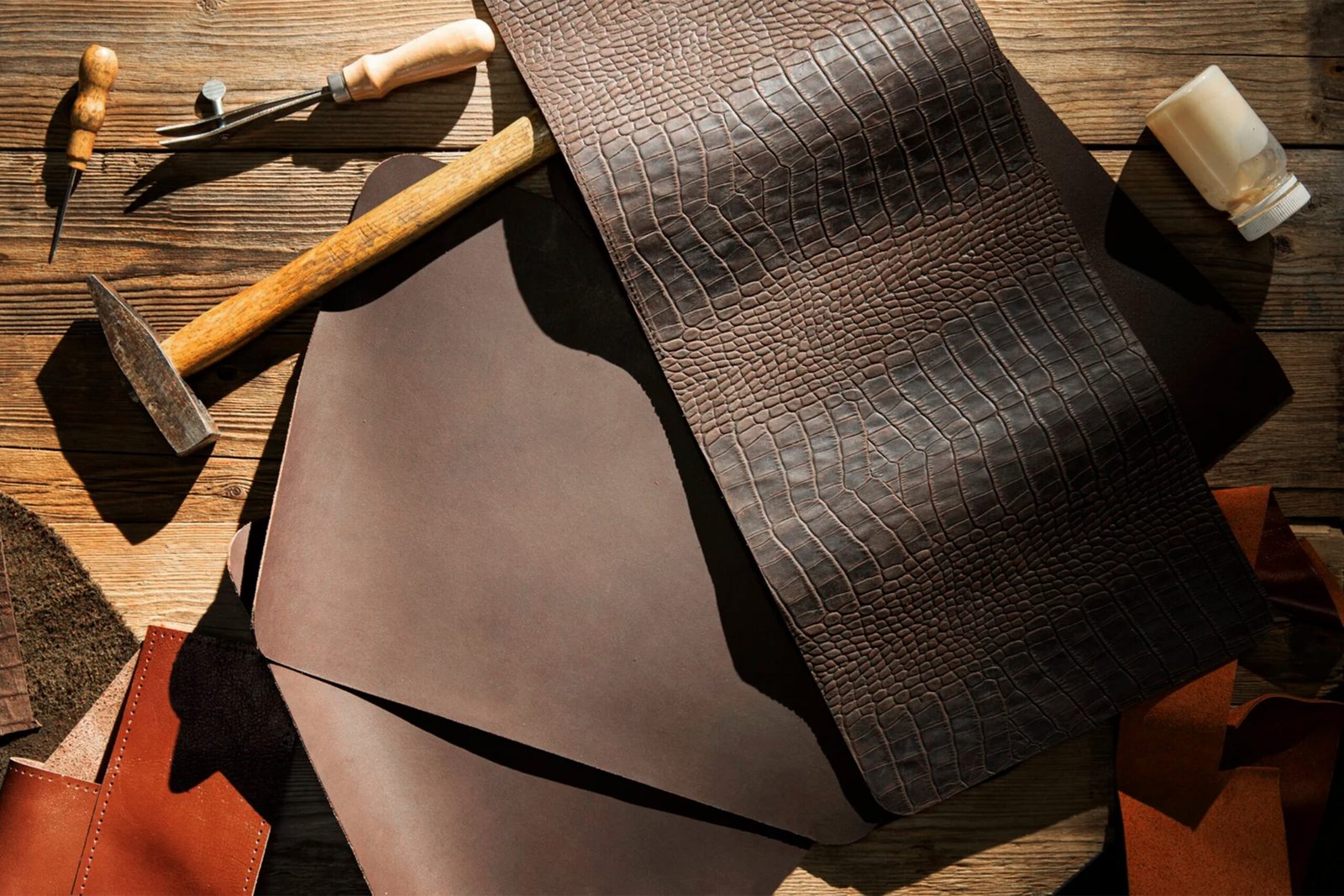
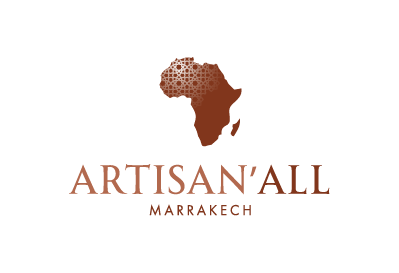
Leave a Reply